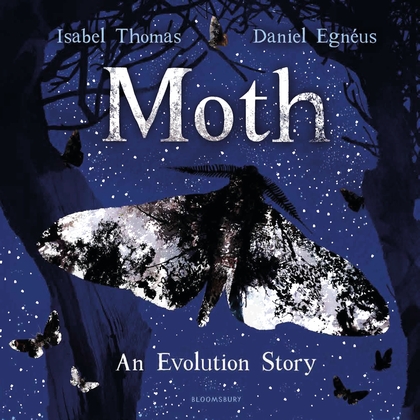Children’s non-fiction is so much more than ‘books with facts’.

It’s a different way to take readers on a journey that makes them laugh, cry, or bubble over with enthusiasm. It inspires children to explore their world – and to change it.
The submissions process is different too. If you have a great idea, don’t write the book (yet)! Children’s non-fiction publishing is highly collaborative, with input from talented editors, designers and illustrators beginning long before manuscript stage. Whether you’re submitting to an agent or directly to a publisher, start by crafting a proposal to make the case for your idea.
1. Work hard on the title. It’s so pivotal to the success of a project that publishers often send a title and ask me to think of a book to go with it. Is your book funny or lyrical? Retro or quirky? Hands-on activities, or narrative adventure? Choose words that capture both your subject matter and your approach to it.
2. Showcase the style and tone you’ll use in the book. Your overview should be good enough to become the back cover blurb (and it often does). Ten years ago, children’s non-fiction often had a formal tone, edited to match a house style. Today, a unique voice will help you to stand out.
3. Explain why your book should be published now. Will an anniversary, exhibition or high-profile event drive sales? Where do you see it being sold and promoted? Does a strong curriculum link make it a must-have teaching tool? Remember to work 18 to 24 months ahead – the journey from manuscript to shelf takes at least a year.
4. Think outside the bookshelf. Why will this idea work as a book, rather than a website, app, game, vlog or magazine article? And how will you bring the pages to life, so they compete with all these things for a child’s attention? While your research must be impeccable, the real value of a children’s non-fiction book is not the information itself, but the way that you filter and present it. Think about the complete package as you craft your pitch.
5. Embrace the competition. Topics such as dinosaurs, space and animals are always in demand with young readers, so publishers are hungry for creative new approaches. Devour children’s non-fiction books and compare your idea to existing titles – ideally successful ones! Explain why your approach will be different (and better).
6. Play matchmaker. Show that you’re the best person to write this book. Do you work in the subject area? Do you already communicate with your target audience? Publishing is a partnership, so research your potential publisher too. Visit bookshops and scour rights catalogues. Find out what they’re celebrating on social media. Then explain why your idea and their list are a perfect fit.

7. Build a skeleton. There’s no need to send an entire, polished manuscript at proposal stage. Instead provide a breakdown of the structure. How will you build understanding and engagement over 48, 64 or 96 pages? Will content be presented spread by spread, or as a continuous narrative? What will you include… and what will you leave out?
8. Send two or three spreads of polished sample text. Are you writing a picture book with 20 words per page, or a reference book with 200? Your sample spreads will show that you understand your target age group. Read as many examples as you can to absorb the language level. Employ some of the tricks that non-fiction authors use to break the text into manageable chunks.
9. Think visually. Illustrations are a key ingredient in children’s non-fiction. Sourcing these is the job of the publisher. But briefing them is the job of the author. Unless you’re an author-illustrator, there’s no need to send or commission any sample illustrations with your proposal. Instead, note down ideas about the type of illustrations you think would work well, as part of your overall vision for the book.
10. Add wings. Producing a full-colour, lavishly illustrated children’s non-fiction book is expensive. To make the costs work, publishers look for ideas with the potential to sell in other territories. Give your book international appeal by thinking about how it will excite and inspire children all around the world.
Isabel Thomas is a science writer and author of more than 140 non-fiction books for children. She has been shortlisted for the Royal Society Young People’s Book Prize, the ASE Science Book of the Year, and the Blue Peter Book Awards. Isabel also writes for children’s science magazine Whizz Pop Bang, and for outreach projects including www.dementiaexplained.org. She is a primary school governor and vlogs about early years and primary education for Oxford Owl. Say hello @raisingchimps or visit www.isabelthomas.co.uk
Isabel's latest title, Moth: An Evolution Story, is available to buy now.
Comments